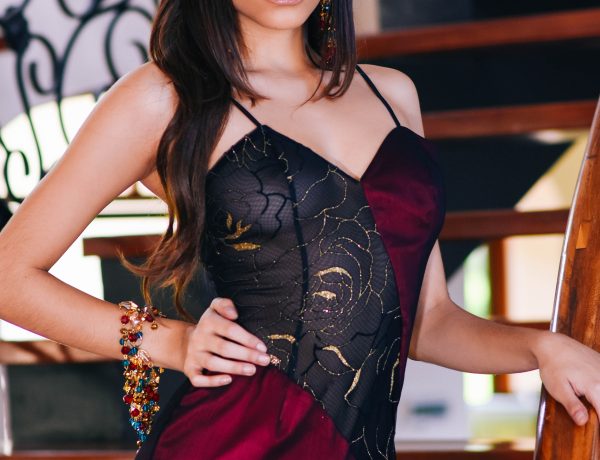In physically demanding industries, such as construction, what you wear has to be able to handle the demands of a physically challenging industry. Durability and wearability can’t be sacrificed when garments are being customised with logos or staff names. Embroidered workwear bundles come into play in that instance. These collections offer functionality, safety and brand visibility without sacrificing the core essentials of a hard day’s work. However, not all materials and designs are created equal. In this article, we discuss everything you need to know about getting embroidered workwear.
Prioritising Fabric Strength
Embroidery puts stress and weight on the fabric of the garment, so you should choose items made of tough but breathable material. Reinforced cotton-polyester blends are popular as they usually do not warp the shape of the garment, and are still comfortable. Cheap single stitched polos and thin hi vis jackets might be cheaper, but they will not handle the wear and tear of everyday operations, especially when branded.
The Importance of Fit and Flexibility
Loose threads and rigid fabric can limit movement or snag on equipment, two major issues on an active job site. Focus on clothing with stretch panels or articulated design at stress points like knees, shoulders, and elbows. These features allow for natural motion and prevent embroidered patches from warping with time. Comfortable workwear that moves with the body instead of fighting against it reduces fatigue and improves overall comfort over long shifts.
Visibility and Safety First
High visibility features should not be affected by embroidered design. For example, embroidery in hi-vis jackets or vests should work with, rather than against, reflective tape or fluorescent sections. Certain brands provide designated branding zones to keep the stitched logos clear without compromising on compliance. Layout prioritisation allows teams to meet visibility regulations while still looking professional.
Stitch Quality and Embroidery Placement
Not all embroidery is the same. Low stitch density embroidery usually frays easily, especially after repeated laundering. While more time-consuming to produce, high-density embroidery ensures designs will stay put even after hundreds of washes and rough use. Placement also matters. Chest and upper arm logos usually wear better than stomach or lower back logos, which are more prone to friction and wear.
Breathability and Layering Potential
When working outdoors, weather conditions change all the time. Outer garments should trap heat without bulk, and lightweight embroidered polos should wick sweat. Clothing options with ventilated panels or mesh-lined interiors allow workers to layer without sacrificing movement or appearance. Breathable workwear helps to prevent overheating, especially when worn under harnesses or safety gear.
Stitch-Friendly Garment Design
Not every garment accommodates needlework well. Items with multiple seams or waterproof coatings can prove difficult to embroider cleanly. Seek out those that are specifically made to allow branding. Garments with embroidery-ready zones—flat surfaces and minimal obstructions—produce sharper logos and prolong the garment’s life. Seam-free areas around the chest or upper sleeve are ideal locations for lasting embroidery results.
Washing Resistance and Colour Retention
Branded garments go through frequent washing, especially in messy construction environments. Therefore, colour-fast fabrics that retain dye and embroidery thread through dozens of industrial cycles are essential. Choose bundles where colours stay bold and stitching remains crisp under pressure. Fading logos reflect poorly on your business and could render garments non-compliant if visibility suffers.
Choose Smart, Not Just Branded
Equipping a construction team is more than sticking a logo on a jacket. Thoughtfully selected embroidered workwear communicates professionalism, but it must be built to survive demanding routines. From fabric composition and stitch placement to safety compliance and garment structure, every detail contributes to durability and impact. Invest in quality now, and your crew stays protected, unified, and visibly on-brand—job after job.
Read more fashion articles at ClichéMag.com
Images provided by Deposit Photos, BingAI, Adobe Stock, Unsplash, Pexels, Pixabay & Creative Commons


